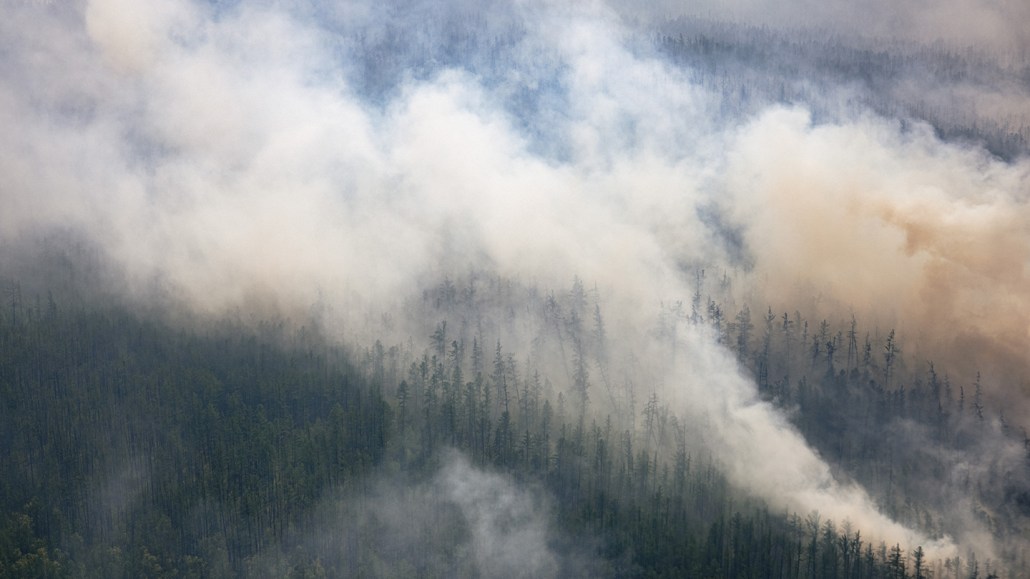
In 2021, boreal wildfires, such as this one in the Gorny Ulus area in Siberia, released record-breaking amounts of carbon dioxide.
DIMITAR DILKOFF/AFP via Getty Images

In 2021, boreal wildfires, such as this one in the Gorny Ulus area in Siberia, released record-breaking amounts of carbon dioxide.
DIMITAR DILKOFF/AFP via Getty Images